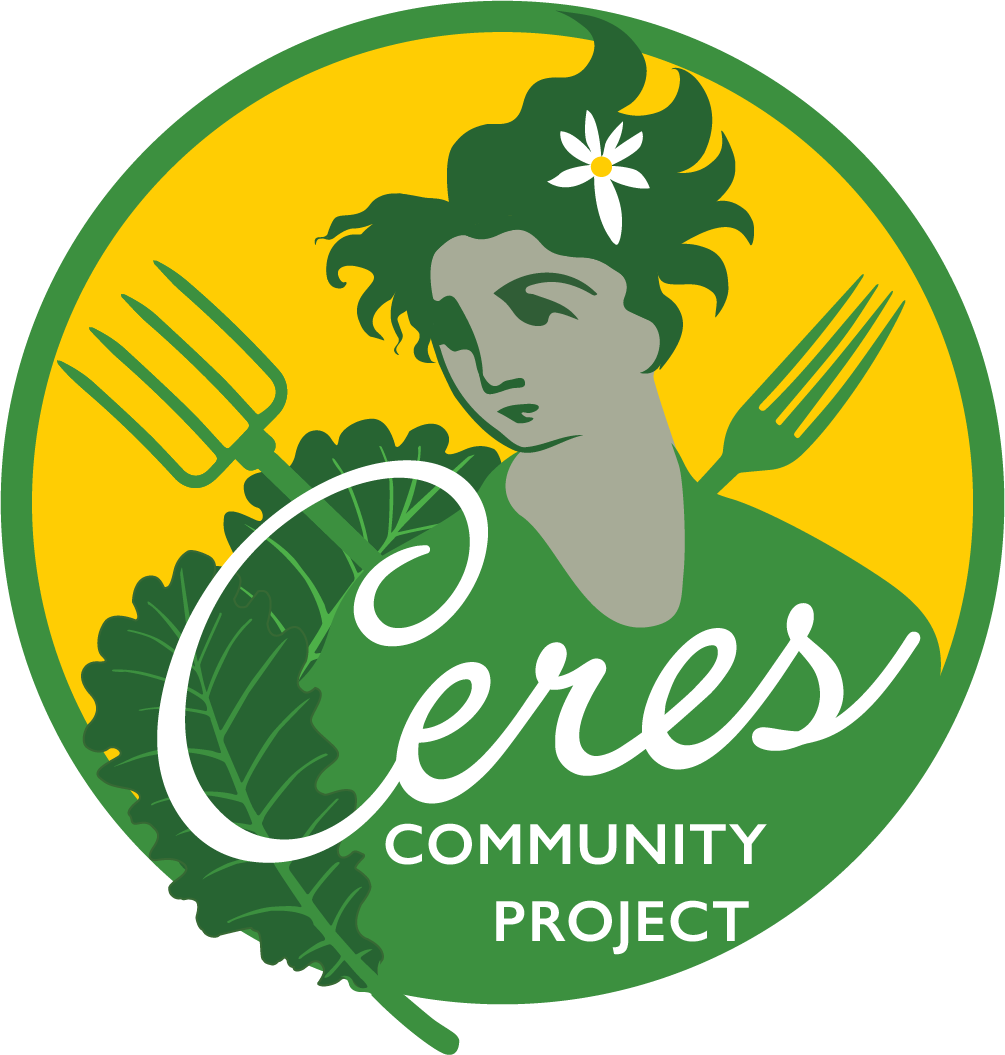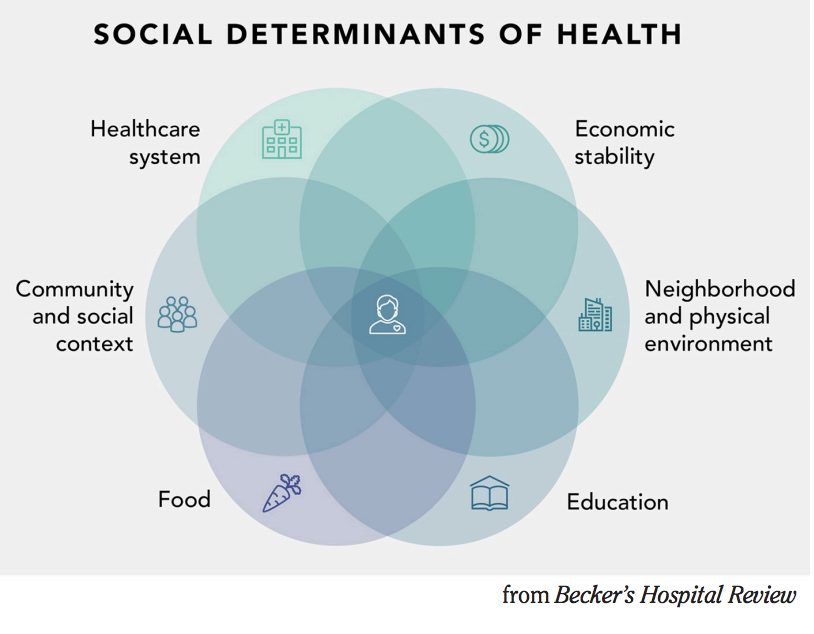Deep Inequity: COVID in our Community
Since the onset of the pandemic, we’ve seen incredible need and deep inequity. Here’s just one of many examples. One of our Latinx clients came to us after being taken to the hospital when he collapsed while applying for a new job. When he arrived at the hospital, the doctors found a slew of other health concerns. He had known his health was in decline but couldn’t afford to see the doctor since being laid off from his service industry job early in the pandemic. Now he’s living off his savings while he recuperates at his cousin’s home.
He’s not our only client who’s experienced challenges like this during the pandemic. Here at Ceres Community Project, we saw the need for our medically tailored meal services increase dramatically, delivering 100,000 more meals in 2020 than we had in 2019. And amid that increase, nearly three times as many of our client are Latinx, and more than five time as many are Spanish-speakers. We’ve also seen an increase in the number of clients that are living on incomes that are at or below 200% of the poverty level, demonstrating that more of our community is in need than ever before.
COVID-19 has disproportionately affected the Latinx population. As of mid-January, food insecurity among white households in California was 16%, yet in Latinx households, the rate was double that —33%. [1] Food insecurity is linked to a number of chronic conditions such as heart disease and diabetes, as well as lower high school graduation rates. [2] The Latinx population is about 27% of the overall population in Sonoma County yet accounts for 65% of all COVID-19 cases in the county. [3] In Marin 16% of the population is Latinx, but accounts for 55% of COVID-19 cases. [4]
Why are we seeing these disparities in the impact of COVID-19? Though Latinx workers represent 26% of the Sonoma County workforce, they represent 33% of our essential workers, in industries such as healthcare, construction, manufacturing, and food service—and Latinx men represent 52% of the local agriculture industry—often low-wage jobs with high exposure and which lack health insurance and workplace protections. [5] The county is also finding “clusters” of COVID cases among multi-family Latinx households, living together because of the high cost of housing—and the virus thrives when there’s no opportunity for people to isolate or quarantine. [6]
Sonoma County Department of Health Services Director Barbie Robinson has referred to the pandemic as a “racial pandemic…COVID is highlighting these disparities—they’ve existed—it’s just magnified by the pandemic.” [6]
Even prior to the pandemic, we’ve known that societal factors disproportionately affected health, and that racism, not race, is an underlying condition. In 2015, double the amount of Latinx and Black people in Sonoma County were at or below the Federal Poverty Level than white people, and 28.9% of Latinx folks self-reported being in fair or poor health, with just 12.4% of white people reporting the same. [7] In the 2014 report Portrait of Sonoma County, we saw that people living in certain census tracts in Sonoma County had a life expectancy 10 years longer than their neighbors just a few miles away. Similar disparities exist in Marin County. [8] These health outcomes differ amongst different races and ethnicities, level of educational attainment, and lifetime income. Factors such as these are called social determinants of health, and they have a much stronger impact on your health than your genes or family health history. We like to say that “zip code matters more than genetic code.”
The changes in who we’re serving at Ceres reflect the disproportionate affects of this pandemic. The experience that Black and Latinx communities are having during COVID is just the latest reminder that to really makes progress on health, we must address deep patterns of systemic racism that affect all areas of our society. Please join us in this effort, by learning more and raising your voice for health equity.
What You Can Do
Learn more about the inequitable impact of COVID-19 in your county: Sonoma | Marin
Stay home whenever you can and level-up your mask to prevent the spread to essential workers.
Send a letter to your state representatives asking them to support SB 107, a bill that would simplify the CalFresh application.
Learn about the Canal Alliance and their work addressing the challenges the Latino community faces in Marin County.
Donate to Ceres to support our ability to continue providing nourishing meals for low-income and Latinx clients in Sonoma and Marin.



